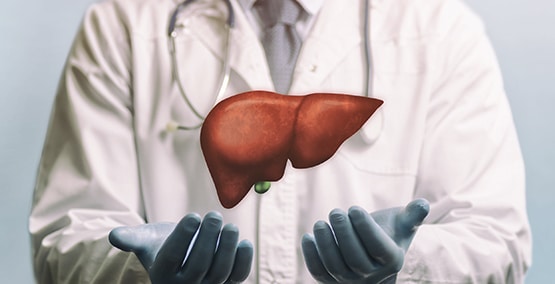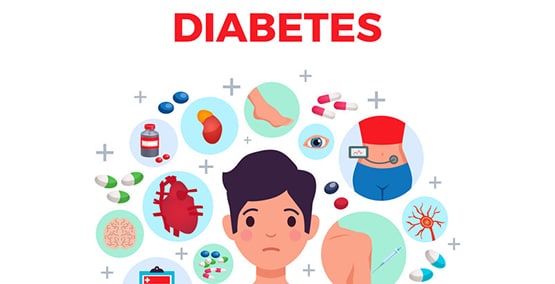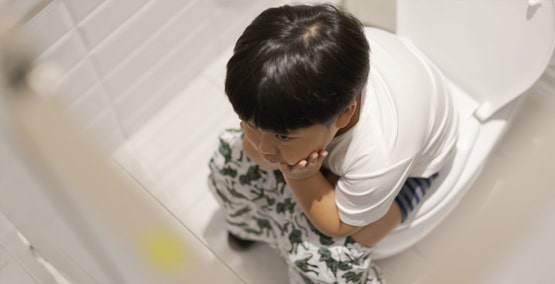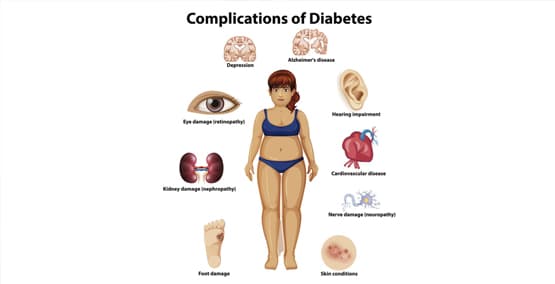
Managing pancreatitis pain
Yoga, meditation, medication, stents, and surgery
-Some patients have mild discomfort associated with pancreatitis that they can manage easily by watching their diet or increasing their exercise. But mild discomfort can also quickly turn into intense pain. When pain is severe, medicines, procedures and supportive therapies often combine to provide relief.
Supportive measures
There are a number of treatments that people with pancreatitis can do to help relieve the pain. These can work by themselves when there is mild discomfort. But they can also help and work together with the other tools when the pain is severe:
- Exercise and yoga
- Meditation
- Massage treatments
- Low fat diet
- Weight loss, if overweight
- Hydrating with lots of liquids
- Avoiding caffeine
Other treatments, like glutamine and omega-3 oils have been tried, but they have not been effective according to the research trials that have been done.
Pain Medicines
Mild discomfort is usually responsive to:
- Acetaminophen and ibuprofen
- Avoiding fatty and spicy foods
- Avoiding alcohol and smoking
More intense pain usually requires stronger medicines like codeine or even intravenous morphine, especially when the patient feels too sick to eat. The danger is that these medicines can be addictive. As a result, most doctors try to use them at the lowest possible dose and for the shortest amount of time to prevent addiction.

Nerve Block
When medicine and supportive measures aren't enough, nerve blocks may help. Injections are directed into the nerves to prevents pain messages from the pancreas to the brain.
Stents
A scope can be used to place a stent (plastic tube) through a narrowed pancreatic duct to help drain the pancreas and relieve the pain. This is especially useful if a gallstone has blocked the pancreatic duct from draining the pancreas and gallbladder.
Surgery
When nothing else works and the pain won't stop, surgery may be the only option. The pancreatic duct may need to be drained in a different way and some or all of the damaged pancreas may need to be removed. When that occurs, diabetes and EPI will likely result.




